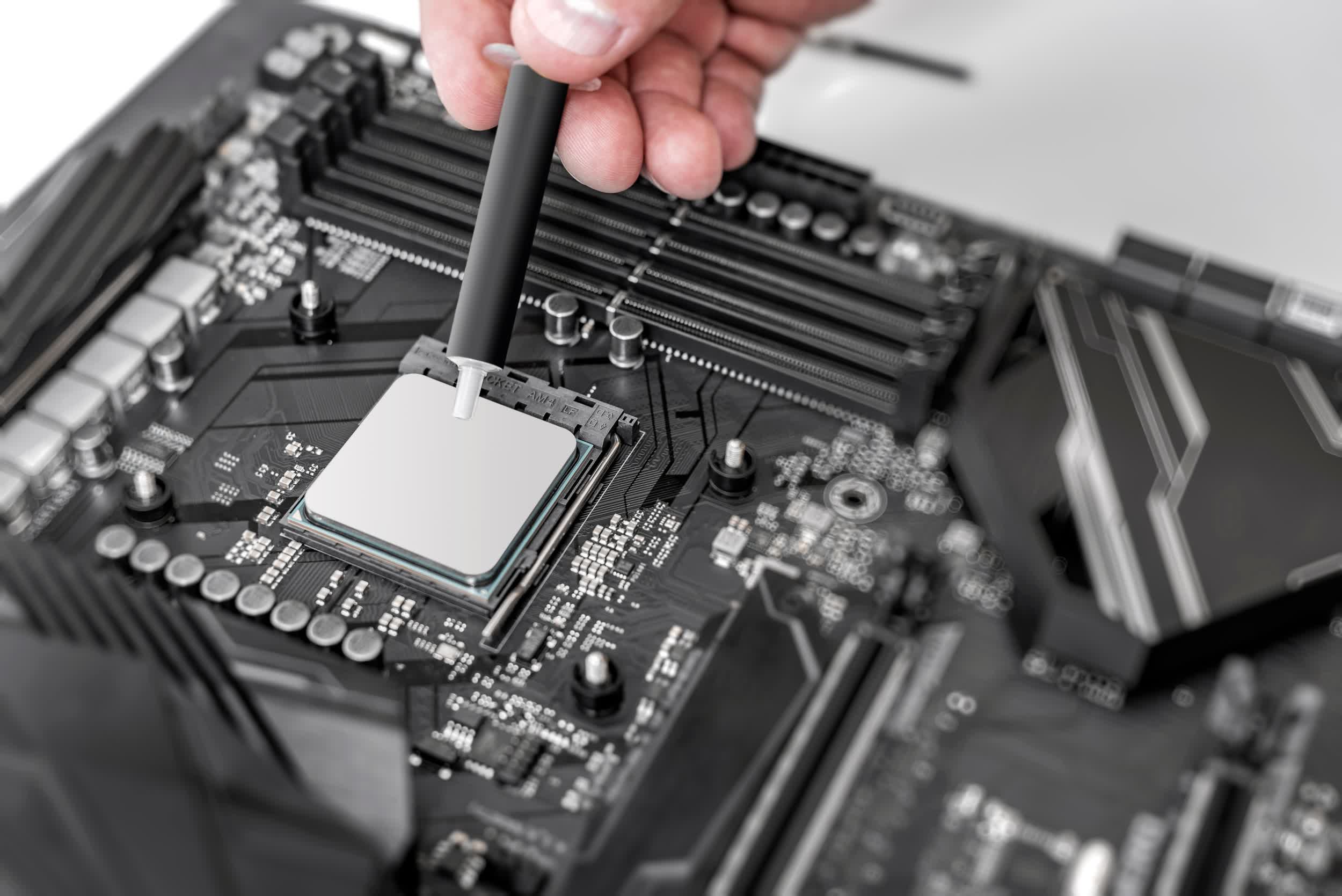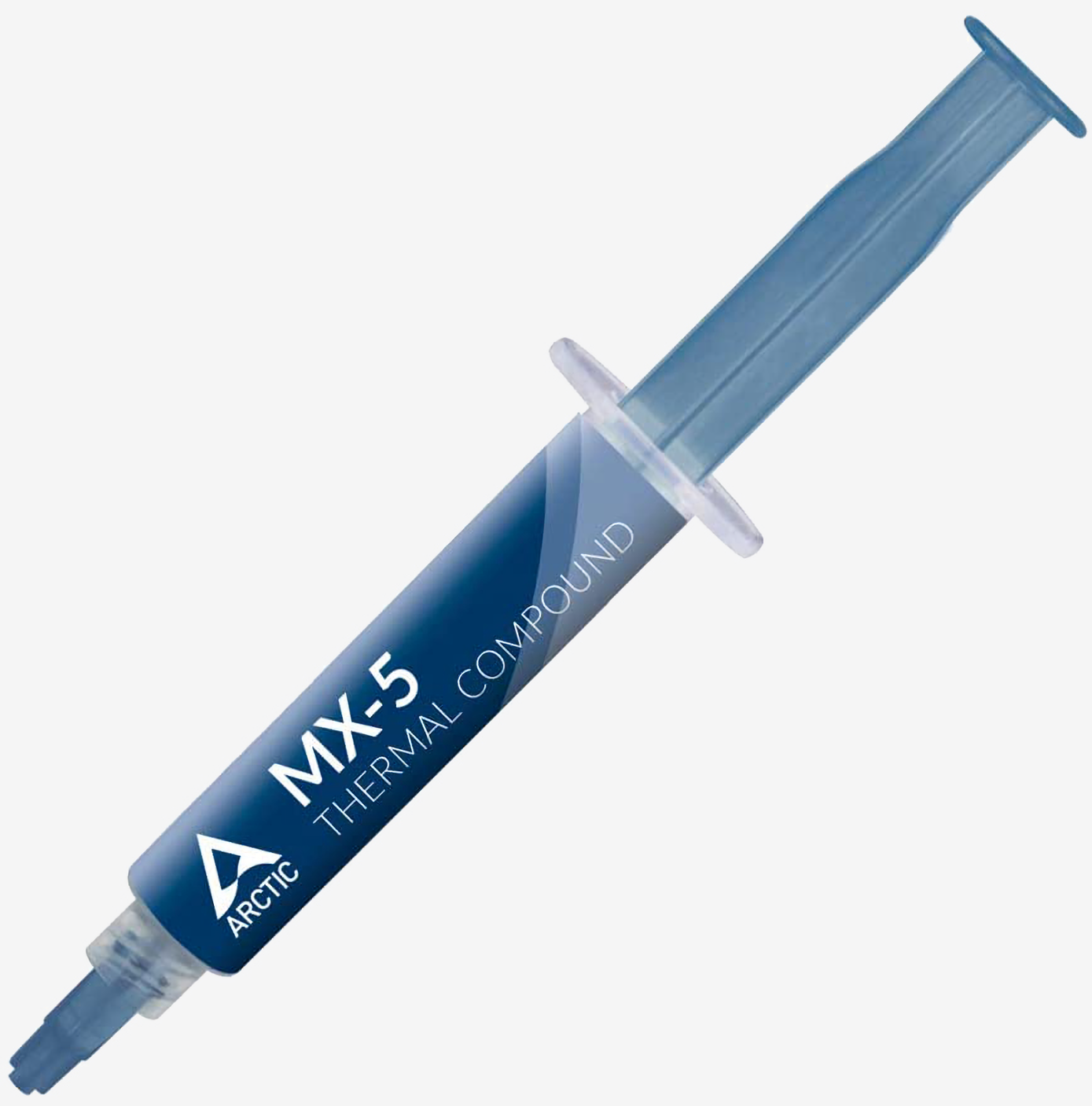Bottom line: Arctic, the PC cooling specialist formerly known as Arctic Cooling, has quietly introduced a new version of its renowned MX-branded thermal paste that's set to arrive in the coming months. It might not be worth upgrading if you already use a quality paste but if you're running low or are planning a new build and don't have a tube of good stuff on hand, it's certainly worth a look.

A listing for Arctic MX-5 recently appeared over on Amazon’s UK portal. Details are few and far between at this point but according to the listing, MX-5 is metal-free and not electrically conductive, making it safe for use even if you accidentally over-apply it.
The listing further notes that a single application should last for at least eight years, which is likely far longer than most enthusiasts will use a CPU or GPU.

Curiously enough, MX-5 isn’t yet listed on Arctic’s website, so we’ll have to wait until it shows up to get the full scoop. As it sits today over on Amazon, an 8G tube is priced at £16.23, or around $22. The launch date is listed as March 15, 2021.
Arctic Cooling was founded in 2001 and has expanded over the years to include a diverse range of products. In addition to thermal paste, CPU coolers and case fans, Arctic also makes monitor arms, TV mounts and speakers, among other products.
Masthead credit: Den Rozhnovysky
https://www.techspot.com/news/88349-arctic-launching-successor-renowned-mx-4-thermal-paste.html